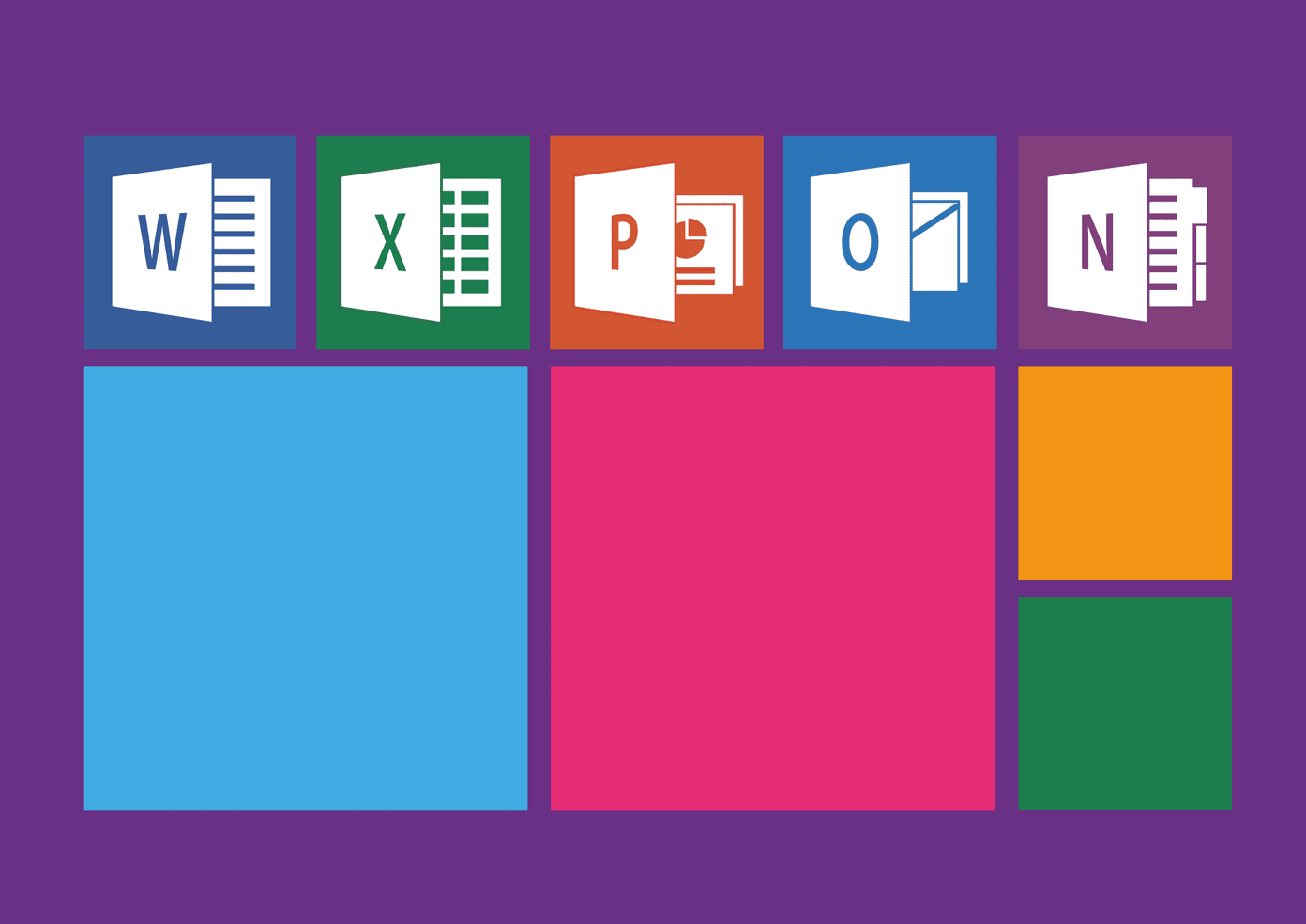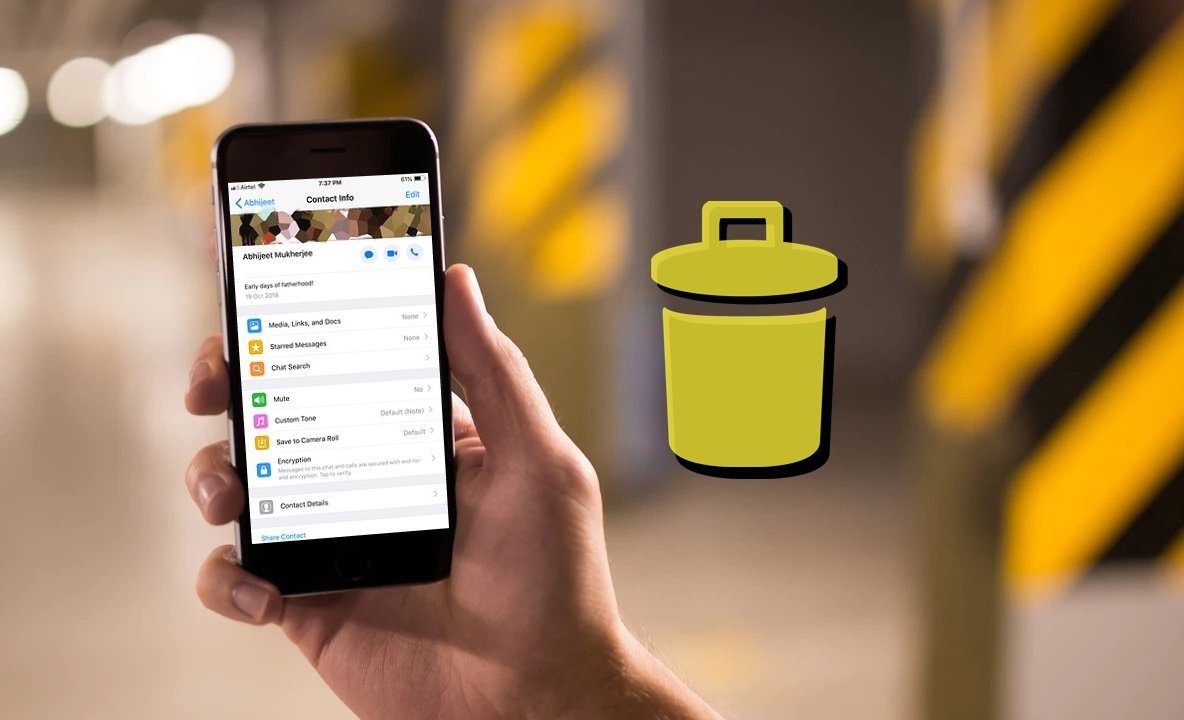Talking about my carelessness, I downloaded the update file from a file hosting service as a free user using the default browser. I was so excited about flashing the new ROM that I didn’t realize that the download was interrupted in between which caused a failed installation resulting into a bricked ROM. For the rest of the time, while my phone was in the service center, I kept cursing myself for not checking MD5 checksum of the file before installing. If you are wondering what’s MD5 checksum and how it could have helped me, read on.
Explaining MD5 Checksum
MD5 checksum, the short for Message-Digest is an algorithm used in data security and cryptography fields. Don’t worry, instead of talking about all those cryptic tops we’ll straightaway jump to the point. If I were to explain you in simple words, you can think of MD5 as an alphanumeric string which is associated with every single file. Just like no two human beings can have identical fingerprints, in the same way, no two different files (local or on the network or on the World Wide Web) can have the same MD5 checksum. Now, just like by matching the fingerprint we can confirm the identity of an individual, we can confirm the authenticity of an individual file by matching the MD5 checksum. The best part is that you don’t need a forensic degree to do so. So let’s see how we can find the MD5 checksum for a given file.
Checking the MD5 Checksum
When you download critical files from the Internet – say an operating system or a new firmware for your smartphone – most of the websites supply the MD5 checksum in the download details to help you cross-check the file’s identity before proceeding to the installation. We will use a simple freeware called the MD5 Check (Softpedia Link) to check the file. The tool is portable so you can extract and run the executable file after your download. The tool’s interface is self-explanatory. There’s a browse button to browse for the file you want to know the MD5 for. A calculate button to calculate the checksum of the particular file, and finally two text boxes, in one of which the generated checksum will be produced and in the other you can paste the checksum of the same file from a legit source and check. That’s all, if both the checksums match, you are good to go.
My Verdict
Prevention is always better than cure and in the case of MD5 checksum verification, it hardly takes seconds. So don’t regret later like I did after a corrupt file caused all kinds of problems for me. Check the MD5 Checksum to verify the downloads (whenever you can locate the original MD5 Checksum that is). Image Credits: Jack Spades The above article may contain affiliate links which help support Guiding Tech. However, it does not affect our editorial integrity. The content remains unbiased and authentic.




![]()




